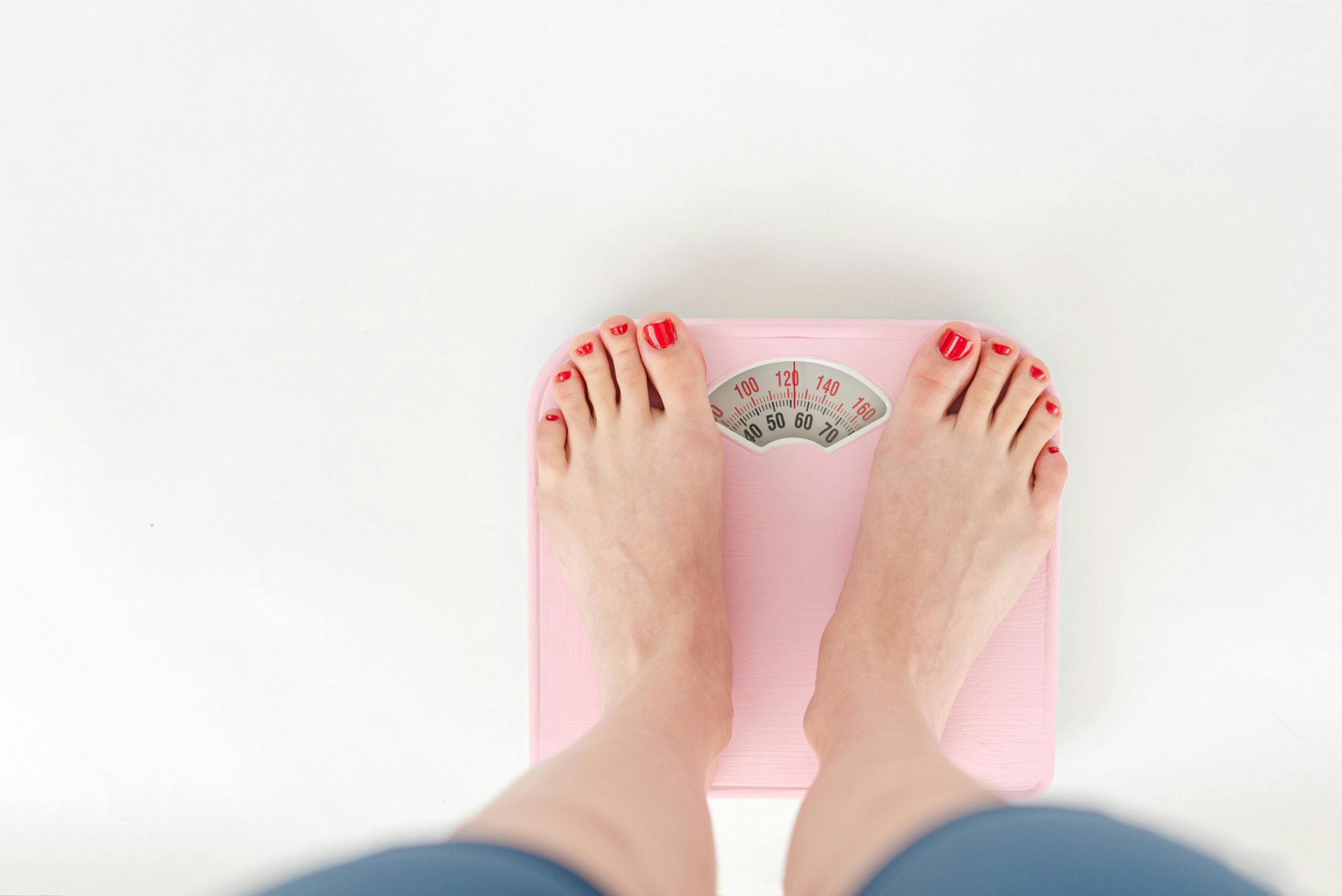
When you begin a new fitness or diet plan, one of the first questions that comes to mind is: How long does it take to notice weight loss? The answer varies depending on several factors — from your starting point and body composition to your consistency and lifestyle habits. Understanding these elements helps you set realistic expectations and stay motivated as you work toward your goals.
In this article, we’ll explore what happens in your body when you start losing weight, the timeline of visible results, and how to maximize progress safely and effectively.
Understanding How Weight Loss Works

Weight loss happens when you consistently burn more calories than you consume — a state known as a calorie deficit. However, not all weight loss is the same. In the beginning, much of the weight you lose may come from water and glycogen stores, not body fat.
Here’s what typically happens:
- First few days: You may lose a few pounds of water weight as your body uses stored carbohydrates (glycogen) for energy.
- Weeks 2–4: Fat loss becomes more noticeable as your body starts breaking down stored fat for fuel.
- After one month: Visible results such as a slimmer face, smaller waistline, or looser clothing often appear.
It’s important to remember that healthy weight loss averages 1–2 pounds per week, depending on your calorie deficit, activity level, and overall health.
When Will You See Visible Results?
1. Week 1: Internal Changes Begin
In the first week, most people notice feeling lighter or less bloated due to reduced sodium and carbohydrate intake. Your digestion might improve, and you could experience better sleep and energy. However, these changes are more internal than visual.
What’s happening:
- Water weight reduction
- Slight drop in body weight
- Improved hydration and digestion
2. Weeks 2–4: Small Visible Differences
By the second to fourth week, subtle physical changes begin to appear. You might notice your clothes fitting differently or your face looking leaner. Others may not notice these changes yet, but you’ll likely feel them.
Typical signs include:
- Slightly looser pants or shirts
- Increased muscle tone if you’re exercising
- Improved endurance and strength
3. Weeks 4–8: Noticeable Transformation
Around the one to two-month mark, changes become visible to both you and others. This is when your efforts start paying off in noticeable ways.
You may observe:
- A more defined waistline
- Toned arms or legs
- A drop of 1–2 clothing sizes
At this stage, you’re also likely burning more fat than water weight. This steady progress helps you build confidence and motivation to continue.
4. Beyond 8 Weeks: Sustainable Progress
After two months of consistent effort, your results become more dramatic and lasting. Friends and family may comment on your transformation. This is also when your body adjusts to a healthier lifestyle and your habits solidify.
Long-term improvements include:
- Stable energy levels
- Better posture and mobility
- Noticeable fat loss and improved muscle definition
Factors That Affect How Quickly You Notice Weight Loss
Not everyone loses weight at the same rate. Several personal and environmental factors influence how fast and visibly your body changes.
- Starting Weight
Those with a higher starting weight often see faster initial results because their bodies expend more energy to perform daily activities. As you get leaner, progress may slow down slightly since your caloric needs decrease.
- Diet Quality
Eating a balanced diet rich in whole foods, lean protein, fruits, and vegetables can make a major difference. Highly processed foods, on the other hand, can stall progress due to excess calories, sugar, and sodium.
A nutritious diet helps by:
- Supporting muscle recovery
- Reducing bloating and inflammation
- Promoting long-term fat loss
- Exercise Routine
Physical activity boosts your metabolism and helps maintain muscle mass, which is key for long-term results. Combining strength training and cardio delivers the best outcomes.
Examples:
- Strength training: 3–4 days per week for lean muscle
- Cardio: 150 minutes of moderate or 75 minutes of intense activity weekly
- Metabolism
Your metabolism determines how efficiently your body burns calories. Factors like age, gender, muscle mass, and genetics all play roles. While you can’t change your genetics, building muscle and staying active can naturally boost your metabolic rate.
- Consistency
Small daily actions — like choosing healthy meals, staying hydrated, and sticking to workouts — add up over time. Inconsistent effort often leads to frustration and slower progress.
Tip: Instead of aiming for perfection, focus on progress. Even minor improvements matter when they’re consistent.
- Sleep and Stress
Sleep and stress management are often overlooked but crucial. Poor sleep disrupts hunger hormones like ghrelin and leptin, making you crave high-calorie foods. Chronic stress raises cortisol, which promotes fat storage, especially in the abdomen.
To improve:
- Aim for 7–9 hours of quality sleep
- Practice relaxation techniques like deep breathing or journaling
- Limit caffeine and screen time before bed
How to Track Your Weight Loss Progress

Focusing solely on the scale can be discouraging, especially since daily fluctuations in water, sodium, and hormones can mask real progress. Instead, use multiple methods to track your journey.
Effective ways to track include:
- Progress photos: Take pictures every 2–4 weeks in similar lighting and clothing.
- Measurements: Record waist, hip, arm, and thigh measurements monthly.
- Clothing fit: Notice how your favorite clothes feel as your body changes.
- Fitness milestones: Track improvements in endurance, flexibility, or strength.
These methods give a fuller picture of your transformation, helping you stay encouraged even when the scale stalls.
Realistic Expectations for Weight Loss
Most experts agree that a safe and sustainable rate of weight loss is 1–2 pounds per week. That means you could expect to lose around 4–8 pounds per month with consistent effort.
This is also where the related question — how much weight can you lose in a month — often arises. While some may lose more initially due to water weight, long-term success depends on steady, manageable progress rather than rapid drops.
How to Make Results Show Faster (Safely)
If you’re eager to see visible results sooner, there are safe and effective ways to enhance progress without risking your health.
Tips to Boost Results:
- Stay hydrated: Water helps your metabolism and reduces bloating.
- Prioritize protein: Supports muscle growth and fat loss.
- Limit processed foods: Reduces calorie intake and inflammation.
- Increase non-exercise activity: Take the stairs, walk more, or stand while working.
- Stick to a routine: Regularity in meals, workouts, and sleep improves outcomes.
- Avoid fad diets: Quick fixes often lead to rebound weight gain.
When to Adjust Your Approach
If you’ve been consistent for several weeks and still haven’t noticed results, it may be time to re-evaluate your plan. Common reasons for stalled progress include:
- Underestimating calorie intake: Portion sizes might be larger than you think.
- Overestimating exercise output: Workouts may not be intense or frequent enough.
- Skipping recovery: Overtraining can slow your metabolism and increase stress.
- Medical factors: Conditions like hypothyroidism or hormonal imbalances can make weight loss more challenging.
Consider consulting a registered dietitian or fitness coach for personalized guidance.
The Psychological Side of Weight Loss
Weight loss isn’t just a physical transformation — it’s also a mental one. It requires patience, self-discipline, and emotional resilience. Celebrating non-scale victories and recognizing progress in small ways can help keep you motivated.
Mindset tips:
- Focus on how you feel, not just how you look.
- Celebrate consistency rather than perfection.
- Avoid comparing your progress to others.
Remember, visible results take time, but every step forward — no matter how small — brings you closer to your goal.
Final Thoughts
Seeing noticeable weight loss doesn’t happen overnight. For most people, visible changes start between 4 to 8 weeks of consistent effort. However, internal benefits — like better mood, energy, and confidence — can begin much sooner.
Weight loss success depends on consistency, balance, and patience. By focusing on sustainable habits and celebrating every milestone, you’ll not only notice changes on the outside but also feel stronger and healthier from within.


